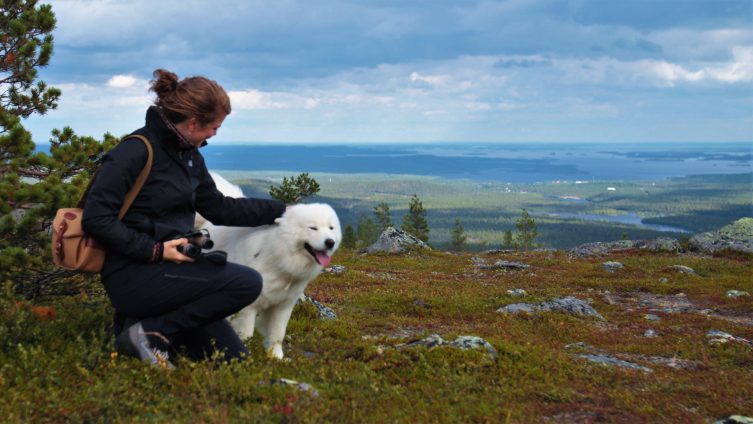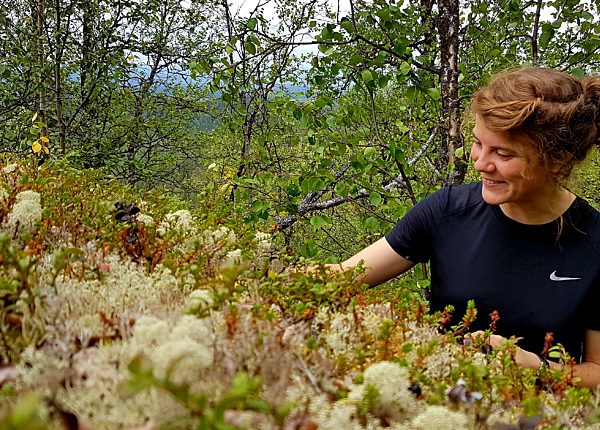In 2019, for the second year in a row, Finland topped the World Happiness Report, making Finns the happiest people on the planet!
But how do you translate such an abstract concept as happiness into tourism numbers? This was the challenge faced by Visit Finland. Their solutions was to share the Finnish secret to happiness with the rest of the world through the Rent a Finn campaign. They set out to find eight happiness guides from all over Finland to show visitors just what it is that made Finns so happy.
Tourism in the Finnish countryside
For the Finnish Rural Network, the challenges faced by Visit Finland were very familiar. Part of their work was to develop tourism in the Finnish countryside. In Finland, over 140,000 Finns, or 5.5 percent of the country’s employed population, work in tourism. It also plays a major role in the economy of rural areas, especially because of the multiplier effect it has on other industries: where tourists are, so are hotels, shops, restaurants and other service providers. And the more businesses are established, the more jobs are created.
If tourists are to learn what made Finns happy, they must go where Finns are at their happiest. It shouldn’t come as a surprise that living in the most heavily forested countries in Europe, Finns are happiest when they are close to nature – in their summer cottages by the lake or while walking in the forest or hiking in the wilderness. Nature is the spring that feeds Finnish happiness.
As Visit Finland points out, “Finland offers what people around the world are looking for right now: the peace and quiet of nature, security, cleanliness and authenticity.” In other words, just about everything you can find in the Finnish countryside.
Developing travel destinations brings tourism income to communities across the Finnish countryside and creates a space for the growth of other businesses. These are just some of the reasons the Finnish Rural Development Program earmarked €50 million for tourism from 2014 to 2018, with €30 million going into business investments and €20 million into projects. The seed investment of €30 million has already resulted in additional investments of €120 million in tourism companies. In Lapland, 70 percent of investment support for rural businesses goes to tourism and in South Savo, 40 percent.
The Finnish Rural Network also wanted to share the secrets of Finnish happiness with their partner rural development organisations across Europe. Working with Visit Finland, they extended the Rent a Finn concept to directly include the Finnish countryside.
Timo Kukko, one of the eight happiness guides in the original Visit Finland project, was designated happiness guru for the Rent a (Rural) Finn campaign. He wanted to share a place that he himself holds dear: Inari, deep in Finnish Lapland. All that was missing was someone who wanted to go on a guided tour to the heart of Finnish happiness. Rent a (Rural) Finn was launched at the European Rural Network (ENRD) NetworX-event in April. The search for Timo’s trekking partner across the Finnish countryside soon spread to social media.
In August, Fiona Lally arrived at the Ivalo Airport. Timo greeted her with a bear hug and handed her a puukko (a Finnish knife) and a box of matches. Timo told Fiona to keep both items close. “You’ll need these while you’re here,” he said. Fiona, who comes from Brussels, was surprised to hear that Finns living in the North usually carried a knife and a box of matches with them, no matter where they were going. It was, she recalled later, her first clue that her time in Finnish Lapland would change her perspective on life in fundamental ways.






